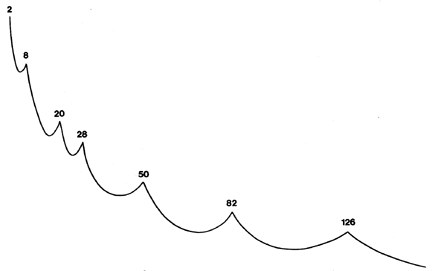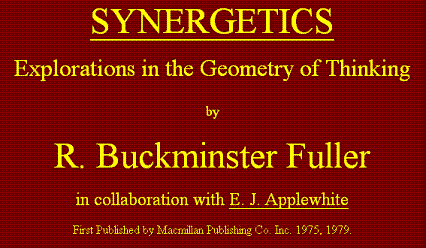Pubblicato per la prima volta in Libano nel 1948 – prima in inglese e poi tradotto in arabo – da Mikhail Naimy (Mikha'il Nu'ayma - Mīkhāʾīl Nuʿayma), amico e accolito di Kahlil Gibran, Il Libro di Mirdad è scritto in gran parte sotto forma di dialogo. Narra la storia di un misterioso straniero, Mirdad, che va in visita al remoto monastero della montagna dell'Arca e lì si assume il ruolo di insegnante e di guida spirituale per i nove allievi che si è scelto.
“Mirdad ha designato proprio questo momento per rivelarsi, sì da poter insegnare a voi e al mondo come dissuggellare le vostre labbra e come scoprire i vostri occhi, e quindi, come rivelare voi stessi a voi stessi nella pienezza della gloria che vi appartiene”.
“Al mondo ci sono migliaia di libri, ma il Libro di Mirdad è superiore a qualunque altro libro esistente. È un peccato che pochi lo conoscano, per il semplice motivo che non è un testo sacro. È una parabola, un racconto immaginario, ma contiene una verità oceanica. È un libro da leggere col cuore, non con la mente”
There are millions of books in the world, but The Book of Mirdad stands out far above any other book in existence.
It is unfortunate that very few people are acquainted with The Book of Mirdad for the simple reason that it is not a religious scripture. It is a parable, a fiction, but containing oceanic truth.
It is a small book, but the man who gave birth to this book... and mind my words, I am not saying "the man who wrote this book." Nobody wrote this book. I am saying the man who gave birth to this book - he was an unknown, a nobody. And because he was not a novelist, he never wrote again; just that single book contains his whole experience.
The name of the man was Mikhail Naimy.
It is an extraordinary book in the sense that you can read it and miss it completely, because the meaning of the book is not in the words of the book. The meaning of the book is running side by side in silence between the words, between the lines, in the gaps.
If you are in a state of meditativeness - if you are not only reading a fiction but you are encountering the whole religious experience of a great human being, absorbing it; not intellectually understanding but existentially drinking it - the words are there but they become secondary. Something else becomes primary: the silence that those words create, the music that those words create. The words affect your mind, and the music goes directly to your heart.
And it is a book to be read by the heart, not by the mind. It is a book not to be understood, but experienced. It is something phenomenal.
Millions of people have tried to write books so that they can express the inexpressible, but they have utterly failed. I know only one book, The Book of Mirdad, which has not failed; and if you cannot get to the very essence of it, it will be your failure, not his.
He has created a perfect device of words, parables, situations. If you allow it, the book becomes alive and something starts happening to your being. And naturally, because you have never come to such a state, you are puzzled about what it is - sadness? blissfulness? There are tears, but those tears can be either of sadness or they can be of immense joy.
You have come to a point where you have never been before, so naturally you cannot categorize it. You cannot put a label on it according to your old experiences. But the name does not mean anything. What matters is that you have taken a step beyond yourself. You have never been in this space; you have entered into the unknown, and it is so unknown that you don't have the vocabulary even to give it a name.
Just see the point: It may look like sadness... because for the first time in your life you will become aware that up to now you have not been alive. Life has happened today.
And it brings a great sadness... you were alive - but knowing this new experience, your whole life becomes so mundane, so meaningless, that it is better to say that it was more death than life. And a sadness arises that, "Why could I not reach this space before?" It is so close - just a step beyond the boundaries of your old mind and the whole sky with all its stars becomes available. You were confined in such a small prison - and nobody was imprisoning you. You were the prisoner and you were the imprisoned. You were the jailer and you were the jailed. Naturally... a sadness, looking to the past.
But looking to the present... a great blissfulness, a peace that passeth understanding, a silence that is not just the opposite of sound... a silence which is absence of sound, not the opposite of sound. A music without any instruments, a song without any words....
For the first time you start feeling that, "Up to now I have been living in the head; and only this moment the doors of my heart are open."
There is an old Chinese story. Because of the story a proverb has come into existence - that when the musician becomes perfect, he burns his instruments; they become not only useless, they become a nuisance because they only create noise. Only between the noise are there a few moments of music - why not have it all?
And when the archer becomes a perfect master, he drops his bow and his arrows and forgets all about it. A strange proverb - because ordinarily we think that when we become perfect our instruments will also attain a perfection with us; their working will also become perfect.

















































